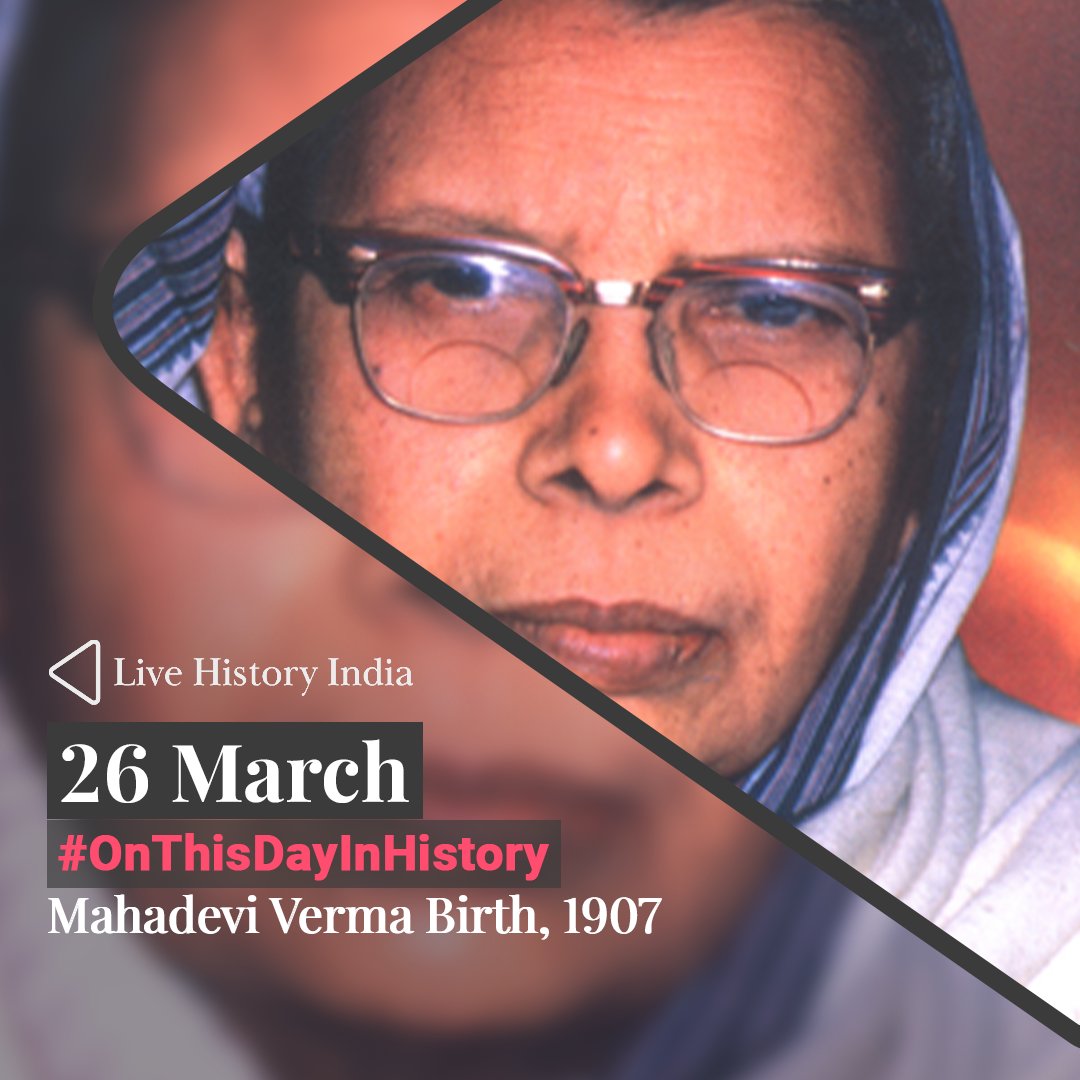
#OnThisDay in 1857, an Indian sepoy in Bengal fired a bullet that would ricochet across the subcontinent and all the way to England. He was Mangal Pandey and he was protesting new bullet cartridges that offended the religious sentiments of Indian sepoys in the army. 

Two months later, sepoys in Meerut rebelled for the same reason, triggering the Revolt of 1857, a turning point in Indian history. It was the most powerful revolt against the British in India but not the first. A thread on other revolts against British rule in the subcontinent.
In the Benares Rebellion of 1781, Maharaja Chait Singh refused to contribute cavalry and money to Governor-General Warren Hastings. The conflict led to the death of 200 sepoys and British officers. This emboldened zamindars in Bihar to refuse to pay revenue to the British.
A couple of years later, in the nearby Santhal Pargana region, Tilka Majhi led what is known as the first tribal revolt against the British, between 1770 and 1784. More about his struggle: livehistoryindia.com/story/people/t…
Velu Nachiyar is said to be the first queen who fought the British. She rallied Haider Ali, Tipu Sultan, wealthy merchants and feudal lords, won in battle, avenged her husband’s death, and re-inherited the Sivaganga kingdom in 1780. More on her revolt: livehistoryindia.com/story/people/v…
#DidYouKnow that in 1806, there was a soldier-led revolt in Vellore, Tamil Nadu, long before the Great Revolt of 1857? It was triggered by 'reforms', where soldiers were forced to trim their moustaches & beards, and remove ‘caste marks’. Full story: livehistoryindia.com/story/eras/the…
33 years before 1857, Barrackpore saw another revolt, led by Bindee Tewary. He and his colleagues revolted against their superiors in the East India Company army when they refused to address the soldiers' basic needs when fighting the Burmese. More: livehistoryindia.com/story/people/b…
Other revolts against British rule include the Sanyasi Rebellion (late-18th CE), Travancore Rebellion (1808-09), revolt of Kittur Chennamma (1824) & Santhal Rebellion (1855). Some were successful, others were not, but in India’s long march to freedom, it all added up.
• • •
Missing some Tweet in this thread? You can try to
force a refresh









